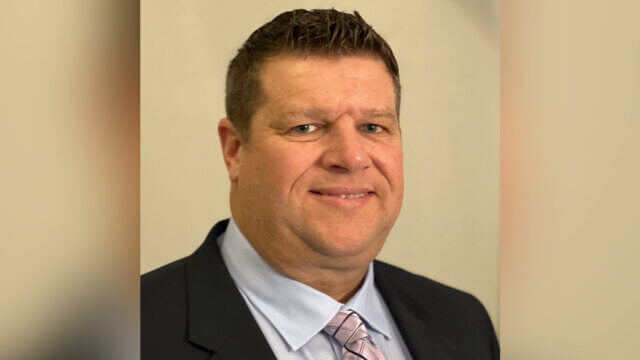By Linda Pouliot.
F&B represents a significant portion of a hotel’s non-room revenue. Especially in the pandemic era, F&B management is among the most critical operational challenges confronting the hotel industry.
Today’s environment offers two parallel challenges: Achieving operational efficiency and, at the same time, responding to, meeting and anticipating changing guest preferences that are driving a growing demand for safe, secure environmentally sound on-property experiences.
As hoteliers rebuild their businesses, here are guidelines they can consider in constructing a new kind of F&B operating model that meet those challenges.
Safety and Cleanliness Are Paramount
While providing a “clean, comfortable room at a reasonable price” has always been the rosetta stone of successful hotel operations, the experience of COVID has moved cleanliness front and center, and taken it well beyond the guestroom.
Where a smudge of lipstick on a drinking glass was once a cause for sending the glass back to the kitchen, it’s now justification for walking out of the restaurant altogether—and not coming back.
It did not start with the pandemic. As far back as 2010, a Cintas study reported that unclean dishware was the number-one reason consumers cited for choosing not to make a subsequent visit to a restaurant, with 86% of consumers supporting the finding.
Conversations with dozens of hoteliers the past months confirm that the future of guest satisfaction in food outlets is inextricably tied to the operators’ ability to provide assurance of completely clean and sanitized dishware and, ultimately, better sanitization of all areas associated with F&B.
The growing application of science and artificial intelligence in the kitchen is making possible new standards of cleanliness for hoteliers. The time is now to focus on the right tools and procedures for moving the needle forward.
Automation Is King
In the kitchen, as in other parts of the hotel, automation has taken hold, and it is quickly becoming indispensable for running efficient, profitable F&B operations.
From new types of automated food preparation to food-serving robots, technology is quickly making it possible to automate the basic functions of running a commercial kitchen.
A big question is where to dive in—how to start the journey toward F&B automation. It’s not always a simple question to answer.
Like other parts of the hotel operation, food preparation, service and the maintenance of an efficient, well-run kitchen have been conducted largely the same way for more than a hundred years.
And the nitty gritty of food service operations—dishwashing in particular—are often seen as the most taxing and least desirable functions at a hotel.
Food service equipment manufacturers, owners and investors all have a role to play in bringing usable tools to market that will make the transition to an automated environment easier.
A word of advice for the operator when evaluating options: Begin from the point where guest satisfaction and operational efficiency converge. Innovations that improve both the guest experience and the hotelier’s bottom line are likely to make the biggest difference in operating their foodservice operation forward.
Expect to see more, and better curated, solutions to help operators move toward achieving those goals.
Operators and Guests: No Longer “Us and Them”
There’s a growing trend that’s shaping and leading other industries as well, encapsulated in the phrase “We’re all in this together.”
As difficult as the pandemic era has been on many fronts, it’s brought to the fore the convergence of interests across stakeholders in an enterprise: Safety and cleanliness are not only critical for diners or guests, they are also important for the servers that handle wares, the food producers that provide products to be sold in restaurants and the managers who are charged with the safety and well-being of employees in the workplace.
So. the final recommendation is to consider not only solutions that make business sense and leverage existing science and technology, but also create opportunities to build an ecosystem of well-cared-for employees, visitors and partners alike. Doing so will create not only more loyal customers but more engaged, motivated and invested employees as well.
Cleaner wares and an operationally sound dishroom may seem like an unexpected place to begin that journey. But the space is integral to an optimally performing F&B management program. Now is the time to activate the will and the tools to create such a program at hotels.
Linda Pouliot is the CEO/founder of Dishcraft Robotics, a company focused on solving the labor and sustainability challenges facing foodservice operators.
This is a contributed piece to Hotel Business, authored by an industry professional. The thoughts expressed are the perspective of the bylined individual.




